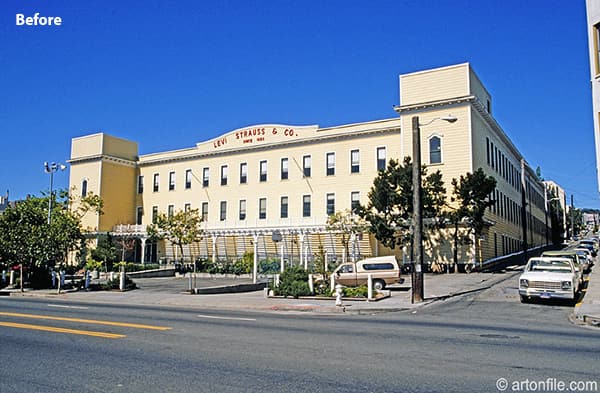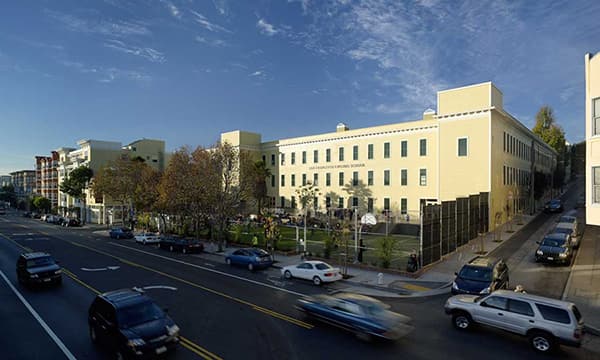Got an old building that doesn’t meet your contemporary needs?
The Ferry Building, the Exploratorium and the Armory are some of San Francisco’s most well-known and beloved examples of adaptive reuse—a term reserved exclusively for historic buildings. But even less grand buildings can be reborn to a life as a community treasure. The buildings we’ve transformed are some of our favorite projects: a house into a school, warehouses into office space, and an old printing plant into a museum, a historic brick and timber building has become office space and we converted a former chemical plant turned fashion headquarters into a mixed-used development.

Before you summon the wrecking ball, here’s our case for giving yours a new life.

It’s more sustainable. When you reuse a building for a new purpose, you are extending its useful life and bucking the disposable-economy trend. By not tearing it down, you aren’t contributing the waste to landfills. For all the components of the building you are able to keep, you avoid consuming new materials and the energy that goes into making and transporting these. And, the longer the building lives the more of its embodied energy is reclaimed.
It’s (often) more cost effective. Demolishing and rebuilding new costs a lot of money—usually more than reusing it would.
It preserves something that’s culturally significant. By investing in an unproductive structure, you contribute the beauty of the neighborhood in a way that reflects its history. Consider: How was the building used? What kind of changes may have happened over time? How might history of the building affect its reused future?
It spurs regeneration in old communities. Taking care of old buildings inspires others to do the same. Collectively, these efforts revitalize existing neighborhoods.
Obviously, some properties are too deteriorated to reuse. You will have to evaluate whether it makes sense for your situation. Zoning and building regulations may enable or deter reuse. There are also financial aspects historical and landmark issues and technical considerations. It could be useful to work with someone who has done this before.
Let us know if we can help.
